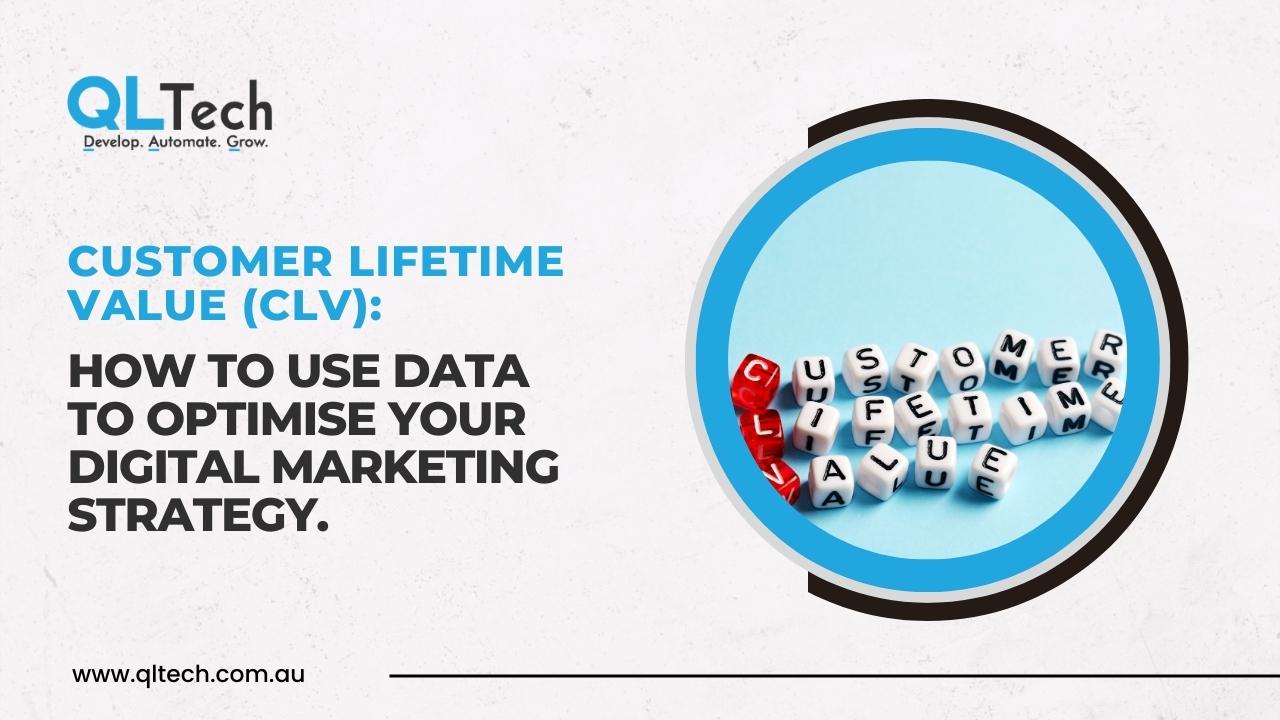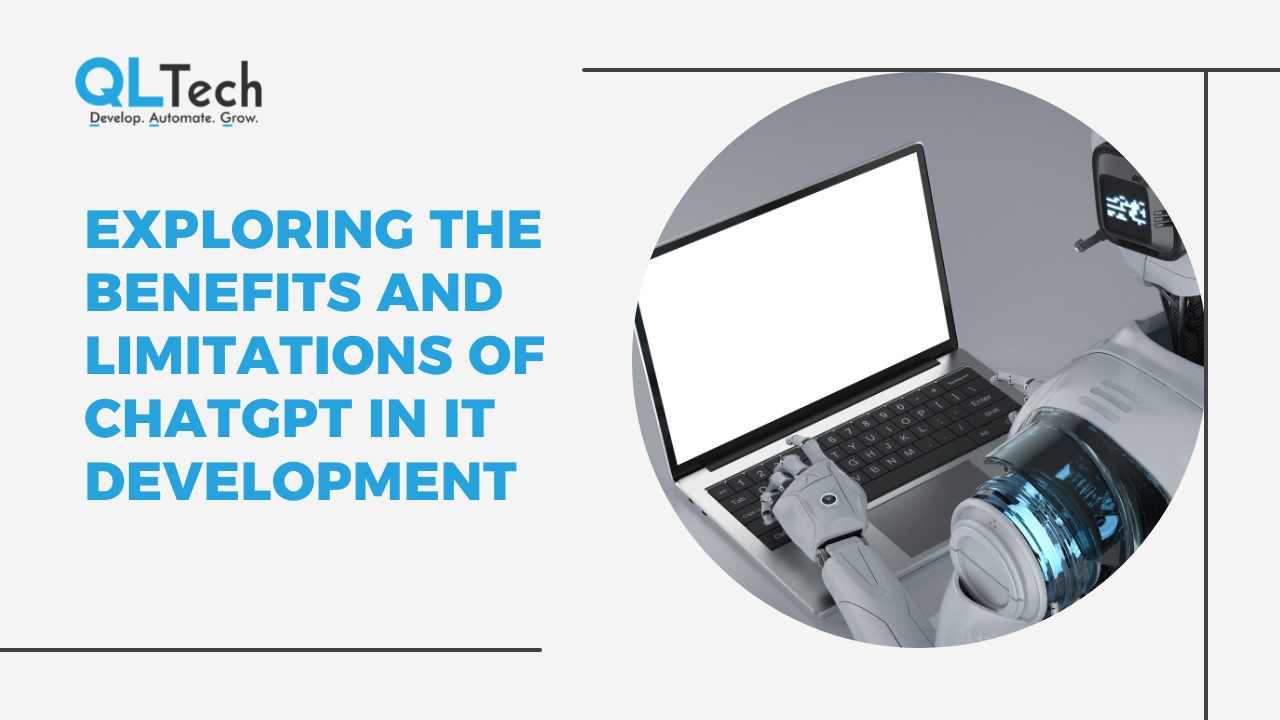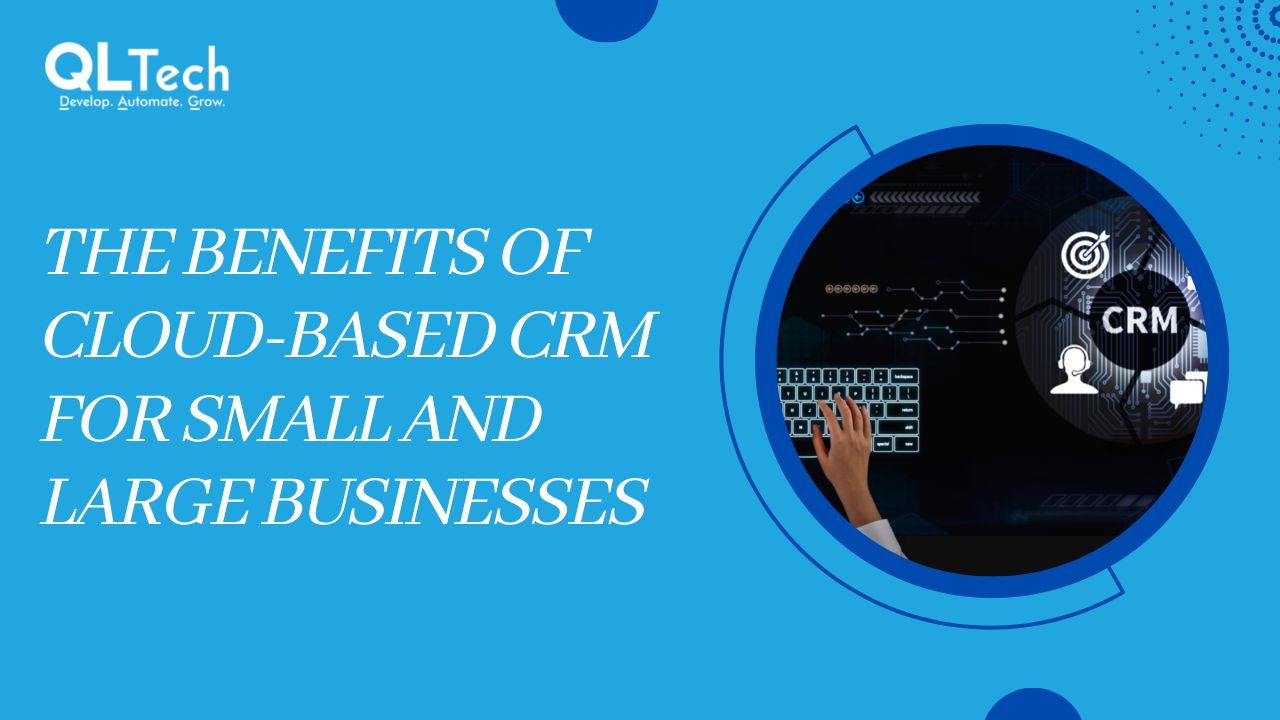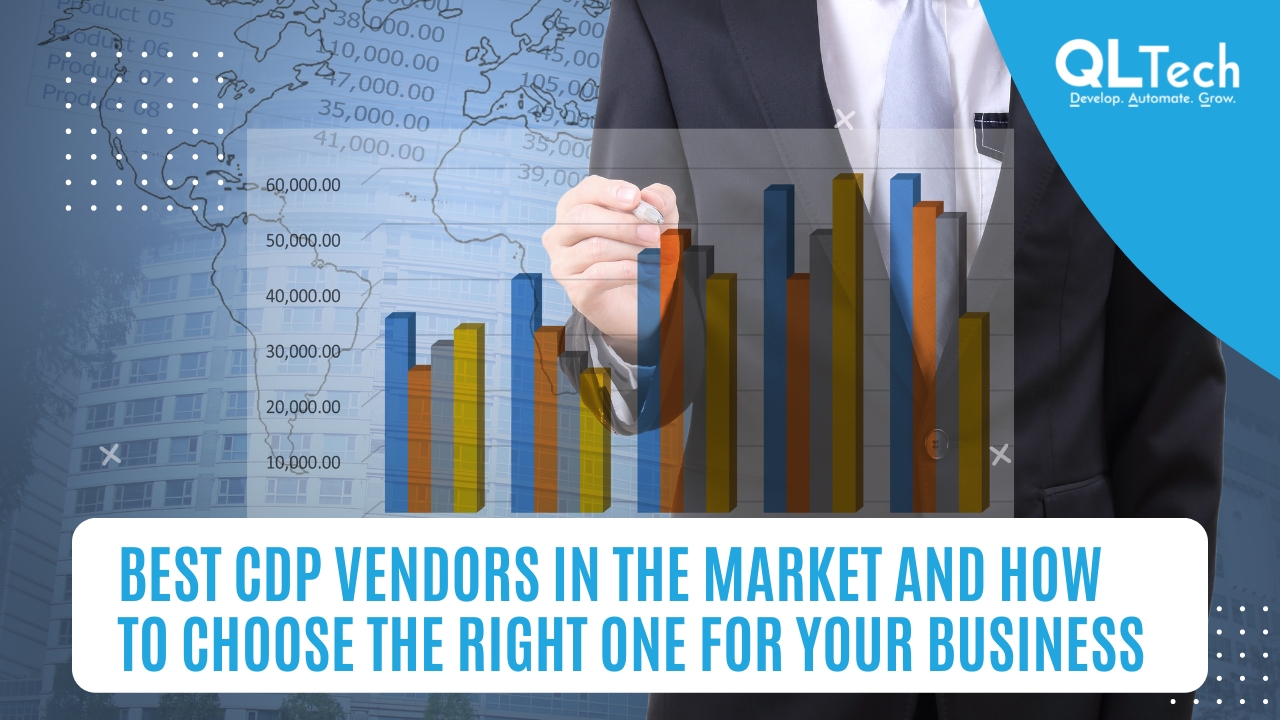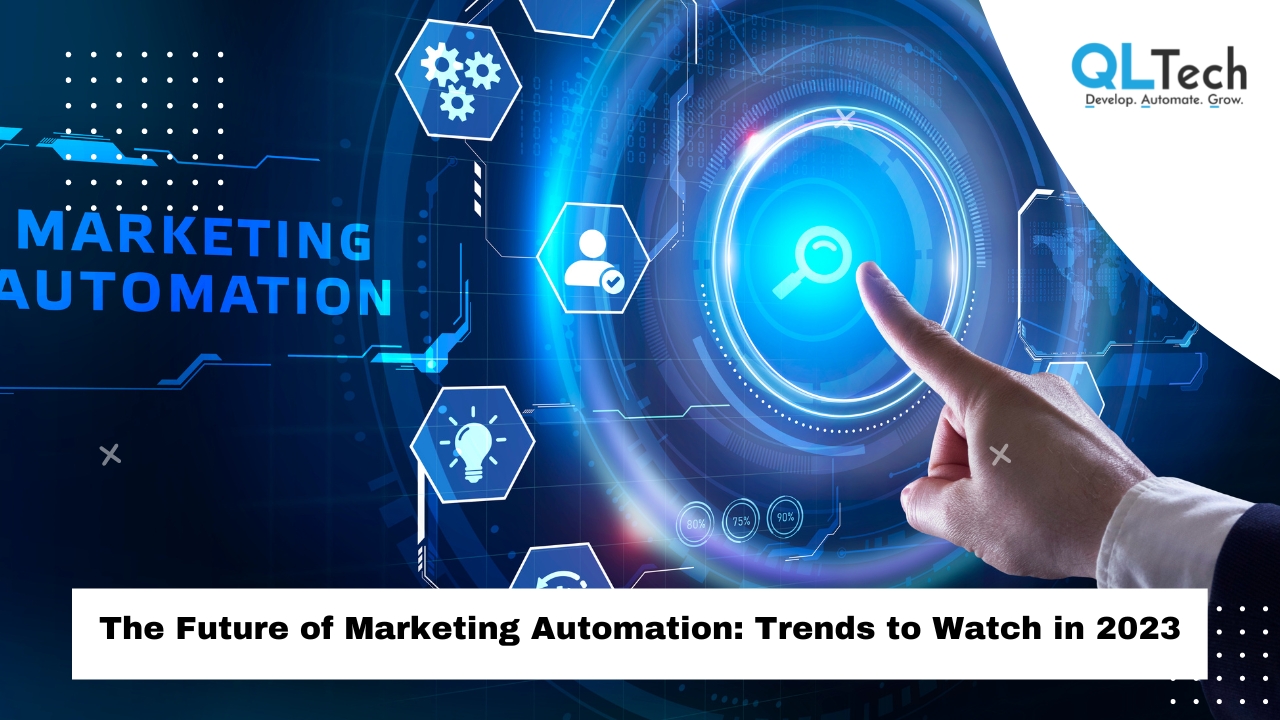As the marketing and sales landscape continues to evolve, it’s important to ensure that your teams are up-to-date on the latest trends and strategies to achieve success. Upskilling your marketing and sales teams can help improve their performance, increase productivity, and ultimately drive better results for your business. Here are five effective strategies to upskill your marketing and sales teams:

Invest in Training Programs: Providing training programs for your teams can be an effective way to upskill them on the latest marketing and sales techniques. These programs can range from in-person workshops to online courses and certifications. By investing in training programs, you can help your teams stay up-to-date on the latest trends and best practices in their field.
Offer Mentorship Programs: Pairing experienced team members with junior colleagues can be an effective way to provide on-the-job training and guidance. Mentorship programs can help foster a culture of learning and development within your organisation and provide your teams with valuable insights and feedback.
Encourage Collaboration: Collaboration can be a powerful tool for upskilling your teams. Encourage your marketing and sales teams to work together on projects and initiatives, share ideas, and provide feedback to one another. This can help improve communication, build stronger relationships, and foster a culture of continuous learning.
Provide Access to Industry Events: Attending industry events such as conferences, trade shows, and networking events can be a great way to upskill your teams. These events provide opportunities to learn from experts in the field, network with other professionals, and stay up-to-date on the latest trends and innovations.
Emphasise the Importance of Self-Learning: Finally, it’s important to emphasise the importance of self-learning and encourage your teams to take ownership of their own development. Encourage them to read industry publications, participate in webinars and online communities, and seek out opportunities for professional growth and development.
By implementing these strategies, you can upskill your marketing and sales teams, boost their performance, and drive success for your business. Remember that upskilling is an ongoing process, and it’s important to continue to invest in the development of your teams to stay ahead of the competition.

